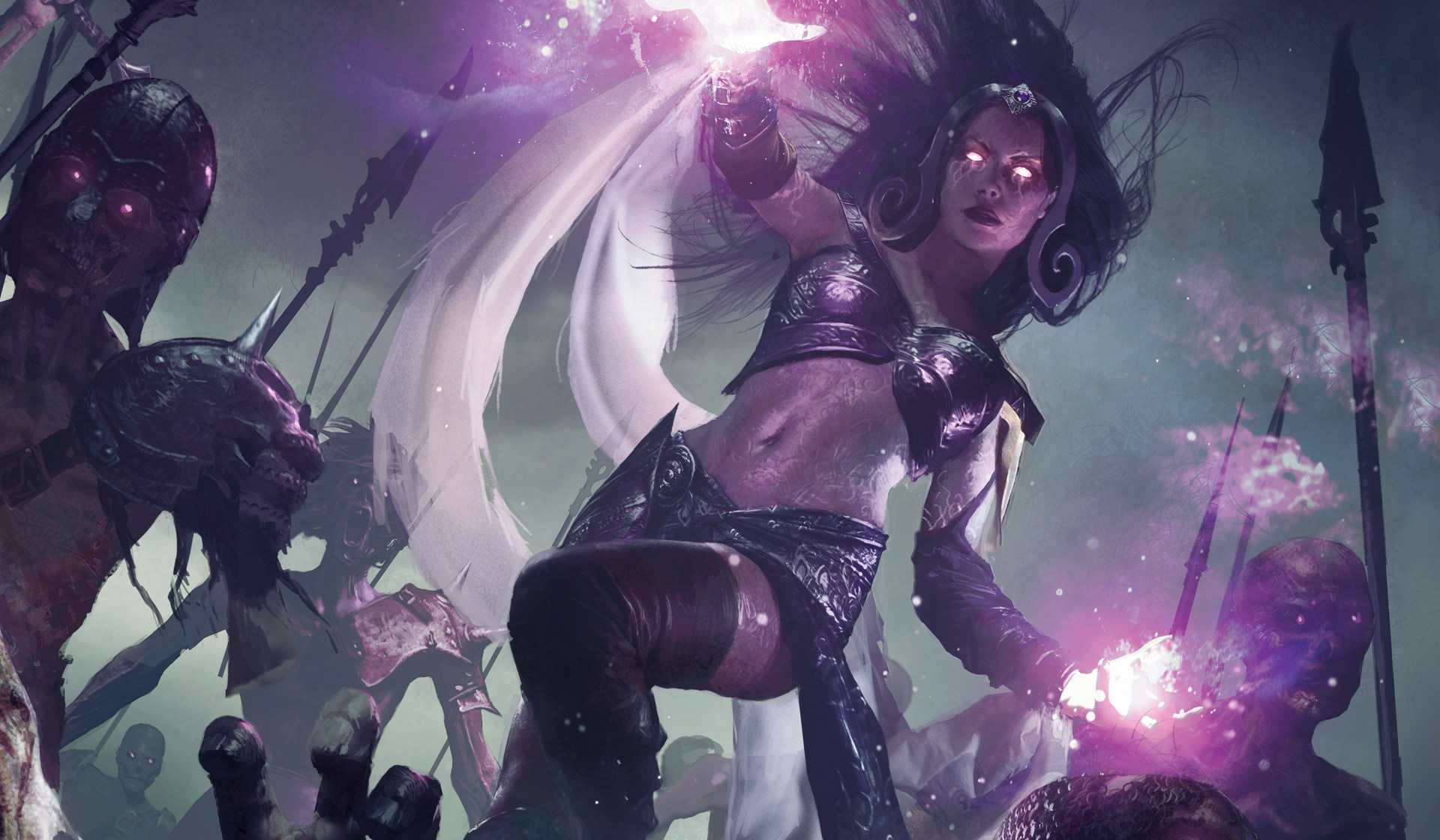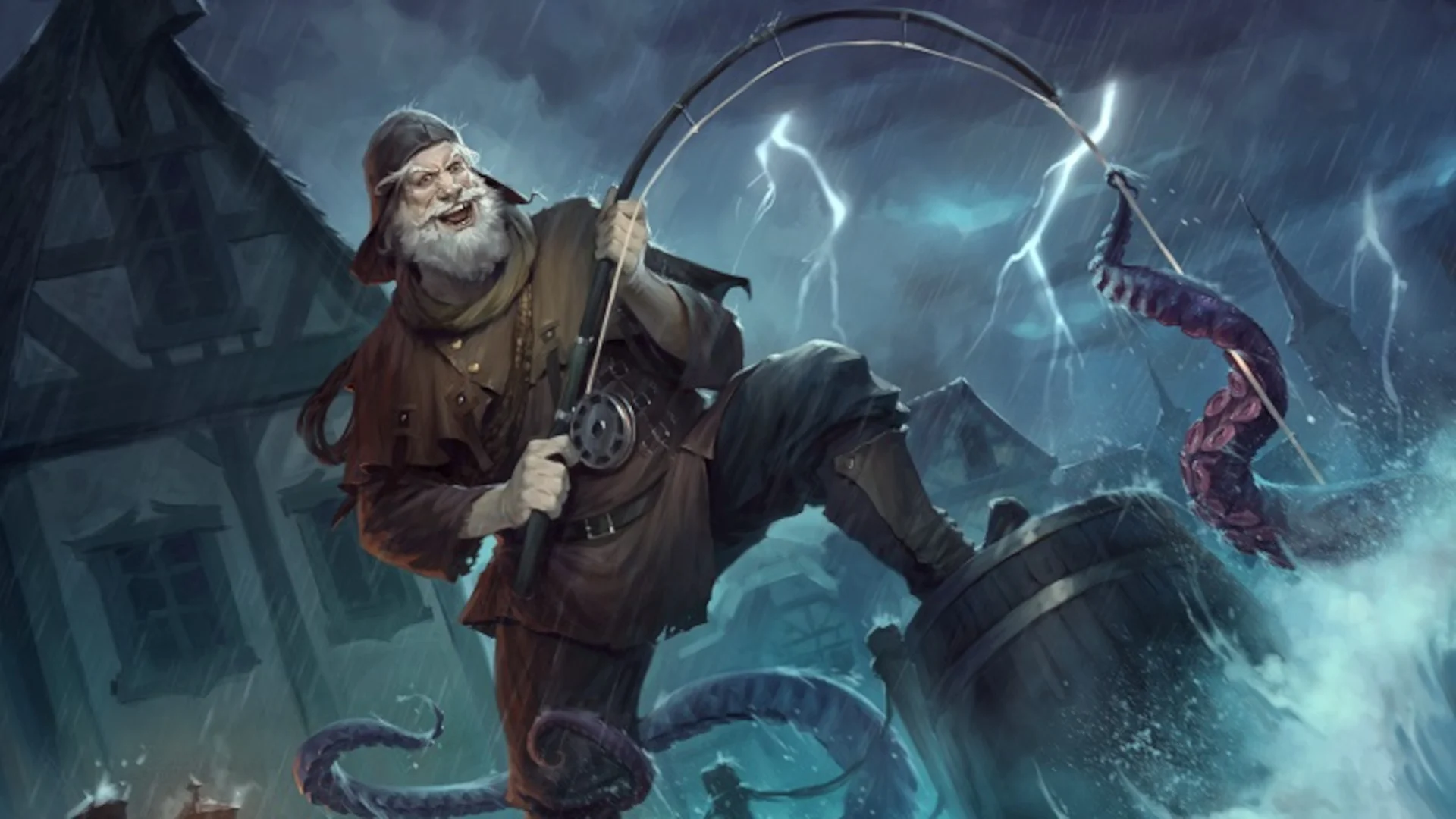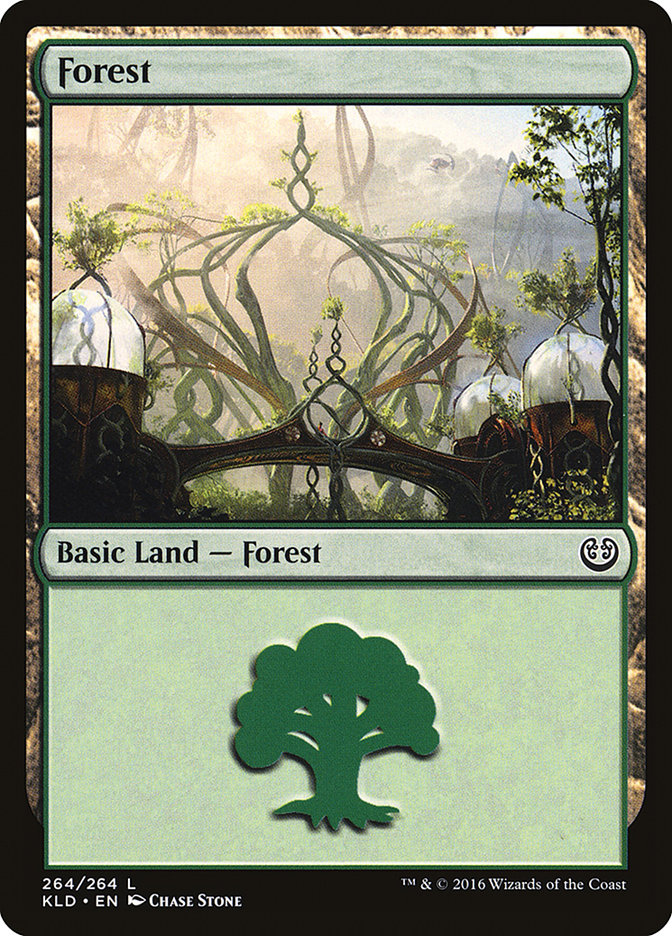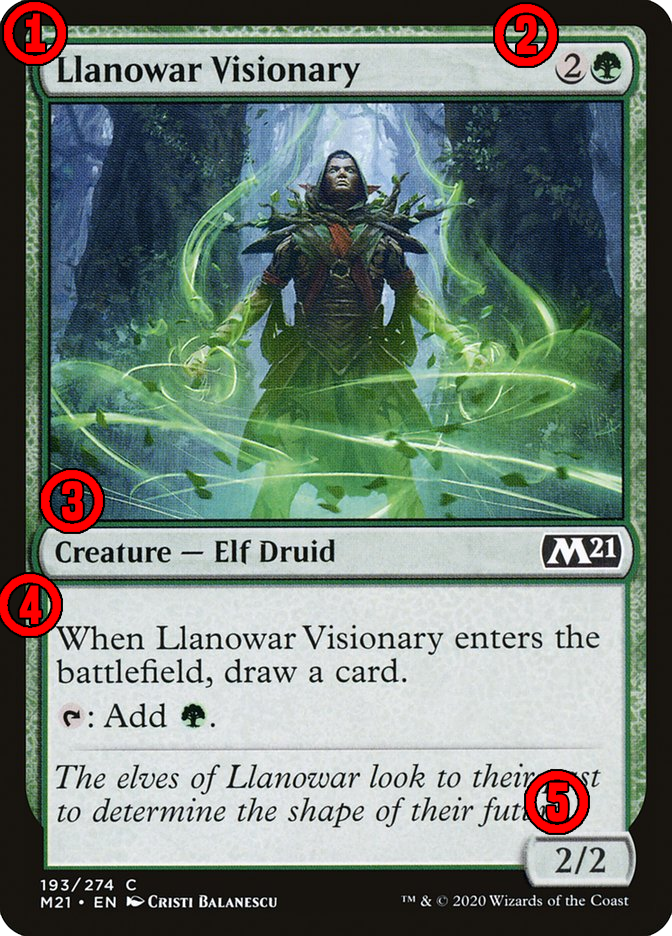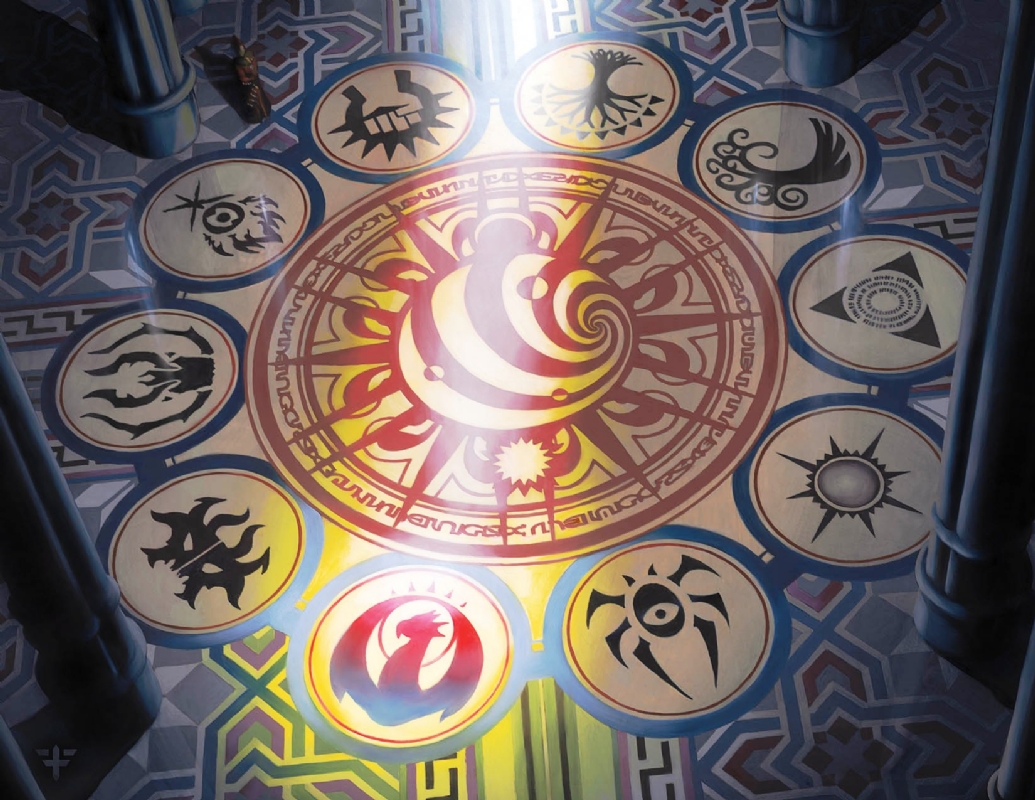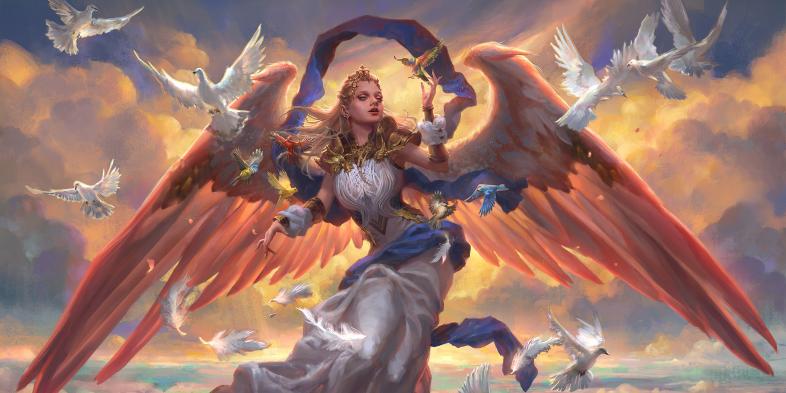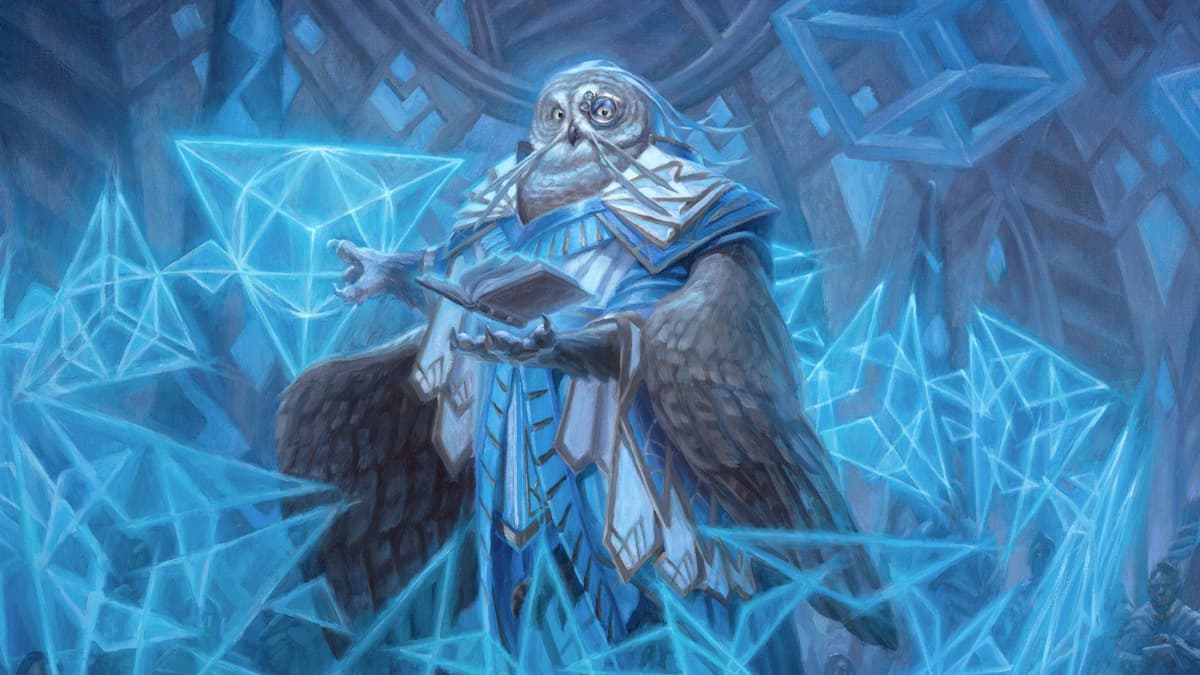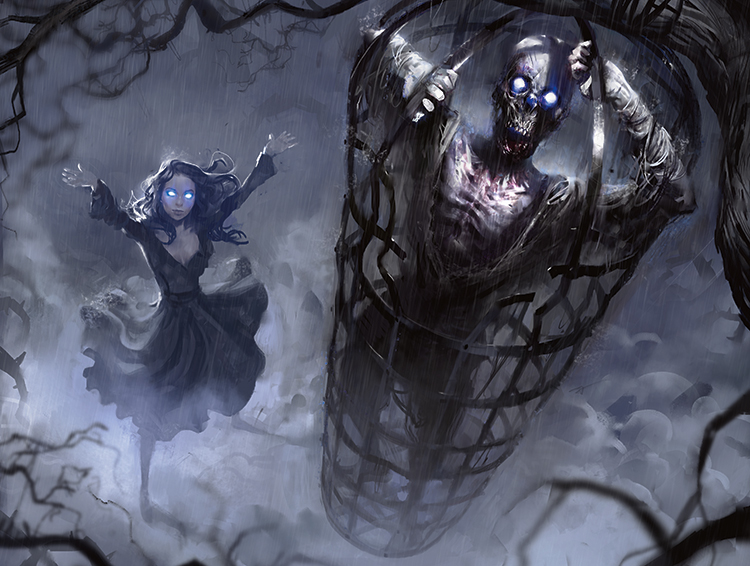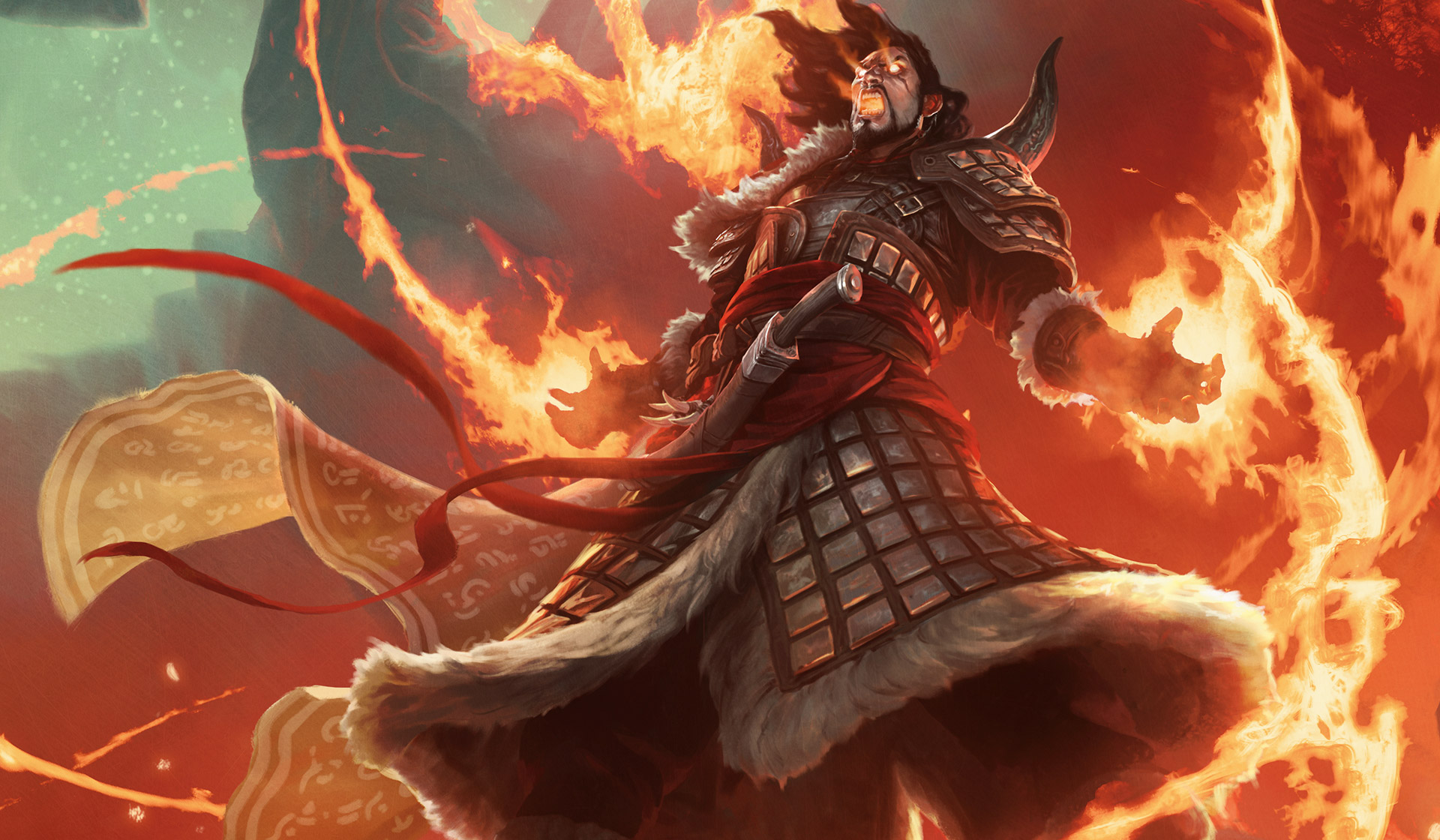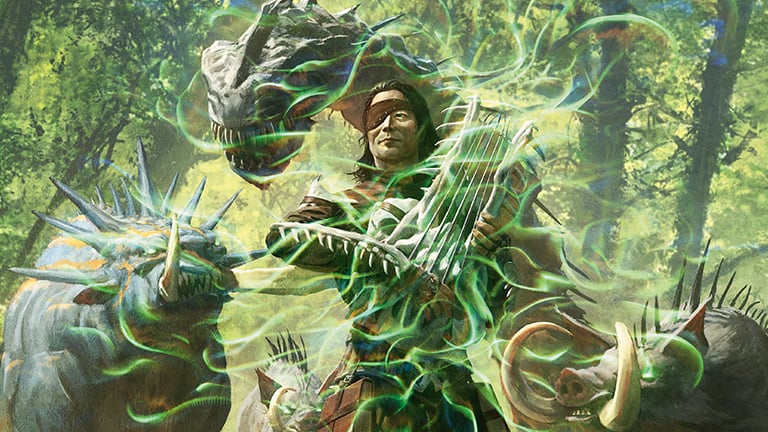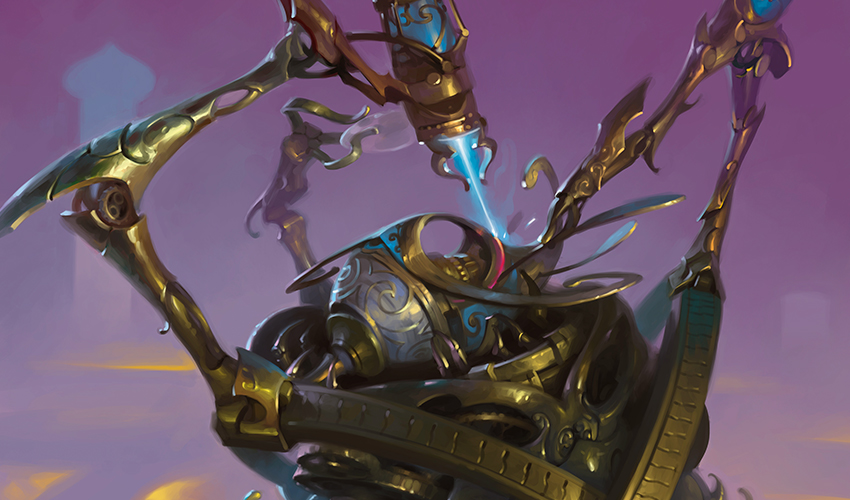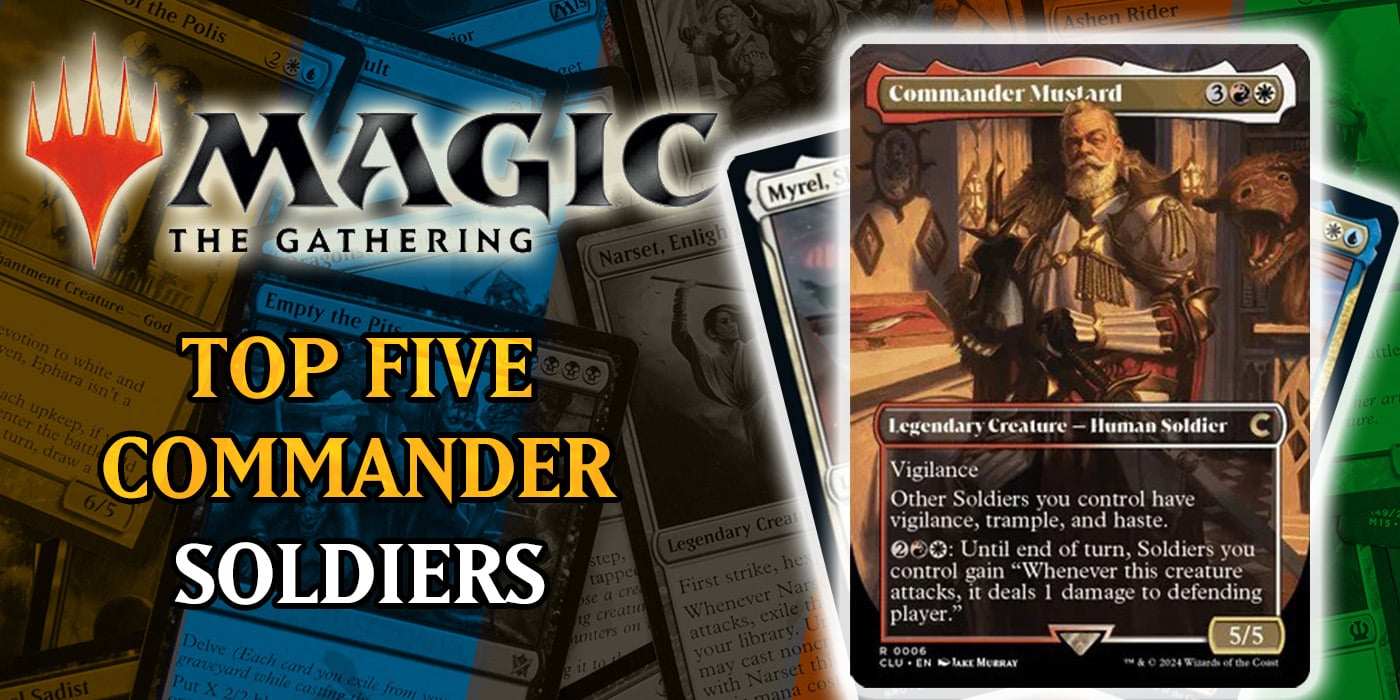How to Swing for 20 on Turn 1 – A Beginner’s Guide to ‘Magic: The Gathering’
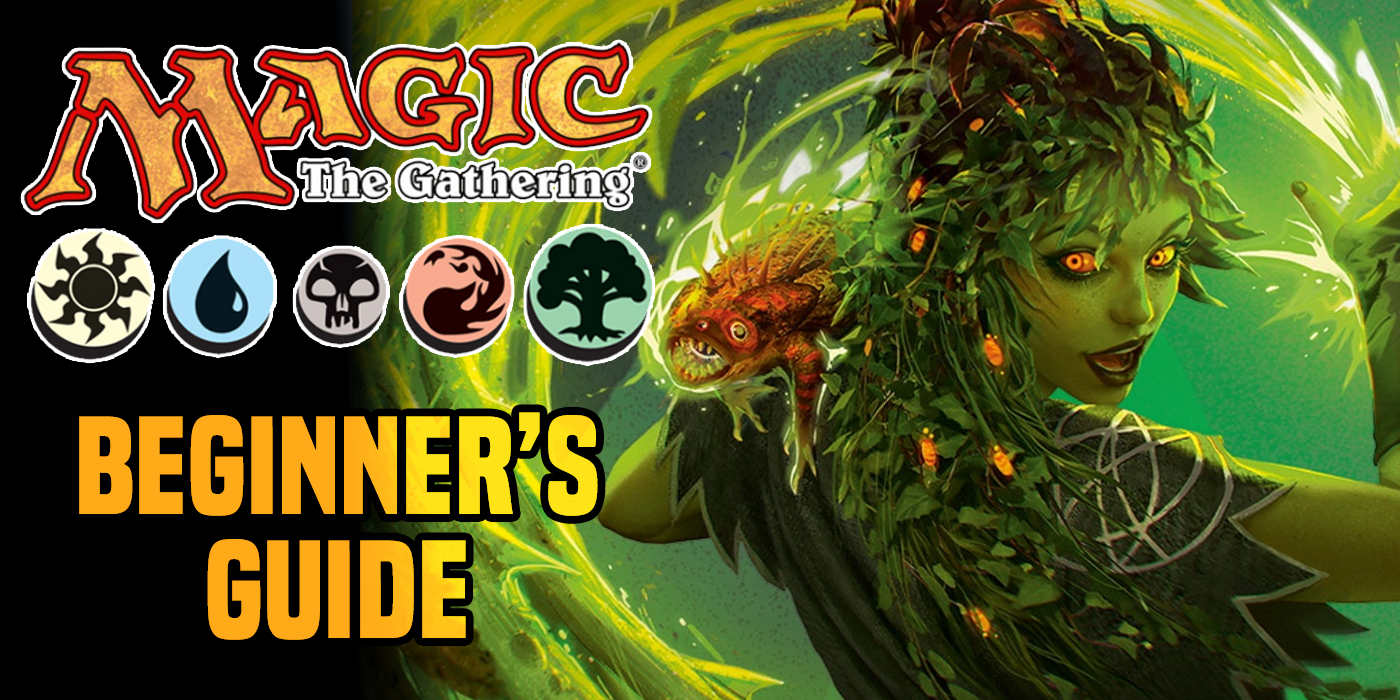
From Planeswalker to Phyrexians, this handy guide will help you jump into the world of Magic: the Gathering.
Magic: The Gathering is a fantastic card game. It’s exciting and creative—it can be competitive or casual. But it’s always fun to play, with the right group, of course. It’s a game spanning decades. So, it seems like it might have a high bar of entry. I’m here to tell you that is not the case. While you might feel inundated by the amount of cards, Wizards of the Coast has done a really nice job of releasing products that make it easy to jump in and play.
Jump To…
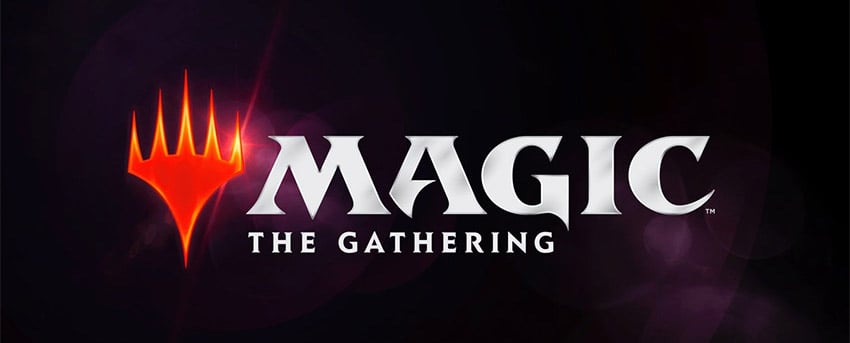
What is Magic: The Gathering?
Magic: The Gathering, also simply called Magic or MTG, is a collectible card game. This means players will buy packs of cards that will contain only some of all of the cards available. Each Magic card belongs to a “Set”. For example, the Adventures in the Forgotten Realms Set has over 400 cards in the set. But players can buy premade decks of 60 or 100 cards, which are ready to play out of the box. Or, they can buy Booster Packs, which usually contain 12 or 15 cards.
Deck building is a huge component of Magic. It’s where players get to be creative and tune their deck to fit their own play style. If you’re not into the idea of physical cards, playing online has become a lot more common recently. Magic: The Gathering Arena is a free-to-play game that allows players to jump in and start earning cards by playing.
How to Play Magic: The Gathering
The objective of the game is to reduce your opponent’s life total to 0. You’ll do this primarily by attacking with creatures and dealing damage with spells like Fireball and Lightning Bolt.
Both players will start with a deck of at least 60 cards, which the game will refer to as the player’s Library. At the start of the game, both players shuffle their Library and draw a hand of 7 cards, and the game begins.
Gameplay Mechanics
The full, official rules of Magic: The Gathering are looooooong. Fortunately, there are only a few basic rules you’ll need to know to start playing. However, assume that every single sentence in this entire guide has an exception because it does. But we will be ignoring all of those exceptions for now. This is an introductory guide.
Basic Gameplay
Players go back and forth, taking turns. Each turn is broken down into many phases.
- Untap
- Upkeep
- Draw
- Main Phase 1
- Combat
- Main Phase 2
- Cleanup
During the Untap phase, the current player uptaps all their cards on the battlefield. Tapping is a very important mechanic to understand. For the most part, anytime a creature does anything, it will probably have to be tapped. But any card on the battlefield can be tapped. The player rotates the card sideways to indicate it has been tapped. Once a card is tapped, it can not be tapped again until it is untapped.
The Upkeep phase itself doesn’t do anything. However, a lot of the card’s effects will trigger automatically during the Upkeep phase.
The Draw phase lets the player draw the top card of their Library.
Players have two Main Phases, one before Combat and one after. The Main Phase is where players will cast most of their spells. In order to cast a spell, the player will need the required amount of Mana.
Land and Mana
Mana is drawn from Land cards. There are 5 Basic Land types: Plains generate  White mana, Islands generate
White mana, Islands generate  Blue mana, Swamps generate
Blue mana, Swamps generate  Black mana, Mountains generate
Black mana, Mountains generate  Red mana, and Forests generate
Red mana, and Forests generate  Green mana.
Green mana.
Players can only play 1 land card each turn, so this creates the tempo of the game. Simple spells which cost low amounts of mana, are cast at the beginning of the game. Then, more mana-expensive spells can only be cast later on. As players start to have more Land on their battlefield, they can generate higher amounts of mana each turn, for those expensive spells.
During the Combat phase, the player chooses which of their creatures will attack. A creature can not attack the turn it is played. The player taps all the creatures they wish to attack with. Then, the other player has the option to block. The defending player chooses any of their creatures and can assign them to block any of the attacking creatures. Any unblocked creature deals damage to the defending player, and any creatures blocking or being blocked deal damage to each other. The amount of damage a creature deals and can withstand is measured in its Power and Toughness, to be covered below.
At the end of the turn is the Cleanup phase. Like Upkeep, this phase is mostly behind-the-scenes stuff, but this is when any creature that took damage and survives “heals” that damage.
Once a player’s turn is over, the other player takes their turn, and the game continues back and forth until one player’s life total is reduced to 0, at which point they lose the game, and the other player wins!
Anatomy of an MtG Card
Magic: The Gathering cards are pretty dense with information. So, let’s break down all the main components of a card.
- Card Name – Pretty self-explanatory. Every card has a unique name. This will very rarely have any in-game effect.
- Casting Cost – Every card requires some amount of mana to cast from your hand. Mana is a resource that players generate by tapping land cards on their battlefield. Each land will generate 1 mana of that land’s color. In the case of Llanowar Visionary, the player will need 1 Green mana and 2 mana of any color.
- Type and Subtype – There are several Types of cards in Magic. The main few are Creature, Land, Instant, Sorcery, Enchantment, and Artifact. A card’s type will indicate how it is used and played. For example, Instant and Sorcery cards are cast from your hand, do their effect, then are discarded. Most other Types of card will be cast, then played to the battlefield, and remain there until they are destroyed. A card’s Subtype is a more specific version of its Type. This is mostly used to indicate what sort of Creature it is: Elf, Goblin, Dragon, etc. But Artifacts and Enchantments also often have Subtypes.
- Rules – This section explains what the card does. The most important symbol to know is
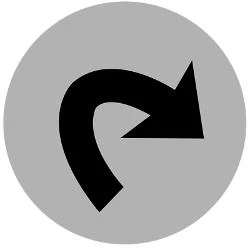 . This is the Tap symbol, which we discussed earlier. Any ability that has this symbol requires the card to be tapped in order to activate the effect following the : of the Rules text.
. This is the Tap symbol, which we discussed earlier. Any ability that has this symbol requires the card to be tapped in order to activate the effect following the : of the Rules text. - Power and Toughness – Every creature has a Power and a Toughness. The first number is the creature’s Power and the second is its Toughness.
Color Identities
One of the main things that people really attach to in Magic: The Gathering is the different colors. It’s like your Hogwarts House, or your Zodiac sign, or your Meyer-Briggs Personality test. The colors you choose to play say a lot about who you are as a person.
But, like the Hogwarts Sorting Hat, you don’t really pick your color. The right color for you will find its way to you eventually. So, try them all and see what feels right. Decks can be just a single color. This is called Mono, for example, Mono-Green, Mono-Red, etc. However, most decks will mix two or more colors together. Each combination of colors has a unique name, but most will simply call it something like a Red/Blue deck.
These are all broad generalizations and color identities have been muddied over the years. But broadly speaking, each color has its themes, tropes, mechanics, pros, and cons.
White
White is the color of honor, justice, duty, laws, and morality. It’s fighting the uphill battle against the darkness. You’ll find a lot of Humans, Angels, Soldiers, Cats, and Clerics are White creatures. Often, White decks will feature a lot of small creatures and attempt to overwhelm their opponent’s defenses. This is often called a White Weenie deck.
White has a lot of protection spells and healing spells. White also has a lot of Enchantment spells, many of which bind or control enemy creatures, preventing them from attacking, or using abilities. The most common type of this sort of spell is Arrest, which enchants a creature and prevents it from attacking or blocking so long as it remains enchanted.
Blue
Blue is the color of study, mysticism, control, and intellect. It’s the embodiment of locking yourself in a tower for decades in order to learn the secrets of the universe. You’ll see a lot of Blue creatures, such as Wizards, Rogues, Merfolk, and Illusions. Blue also has a lot of affinity with Artifacts and Artifact Creatures. Although it can occur within any color of the deck, many Blue decks will use multiple cards together to trigger off of one another into a cascade of effects. This is called a Combo Deck.
Blue has a lot of spells that trip up and annoy the opponent or give you some advantage. They use a lot of instant and sorcery spells in order to control the board in some way. The most notorious of this type of spell is the Counterspell, which cancels a spell as it is being cast.
Black
Black is the color of death, decay, corruption, and malice. It’s lurking in the shadows and will pay any price to achieve its goals. Zombies, Demons, Vampires, Horrors, and Rats are usually Black creatures. Many Black decks will have the ability to retrieve cards from their graveyard to be used (or sacrificed) again and again. This effect is called Reanimation, or more generally also called Recursion.
Black has a good mixture of creatures and spells. They have many spells that will kill a creature outright, regardless of how much Toughness the creature has. Many Black spells and effects require the controlling player to lose life in order to cast the spell or trigger the effect.
Red
Red is the color of fury, fire, brutality, and chaos. It’s running headlong into battle with nothing but a loincloth and a burning battle axe. Goblins, Dragons, Dwarfs, and Ogres are all typically Red creatures. The pinnacle of Red is its ability to deal damage directly with instant and sorcery spells. This type of deck will have spells that deal damage directly to the opponent and their creatures. This is called a Burn Deck.
The strength of Red lies in its speed and aggression. Many of the creatures and spells in Red are cheap to cast and can be played very early in the game. A Red deck will often attempt to win the game before the opponent has even had a chance to mount any solid defense.
Green
Green is the color of nature and serenity but also of wild savagery. It is the calm before the storm, but also the storm itself. Elves, Treefolk, Beasts, Insects, and Snakes are usually Green creatures. Green is very versatile, but Green decks will often have a lot of very strong creatures. Often those creatures will all have the same creature type, such as Elf, and will provide bonuses to each other. Any deck that focuses on a single creature type is called a Tribal deck.
Broadly speaking, Green has the strongest creatures in the game. The spells they have usually tend the make their creatures even bigger and stronger. But Green is also very good at breaking the “one land per turn” rule by allowing the player to play multiple lands per turn. This is called Mana Acceleration and allows Green to get their large and expensive creatures out at a much better pace.
Colorless
Not every card has a color. These cards are called Colorless. Colorless is artifice, machinery, weapons, and equipment. Golems, Constructs, and most Artifact Creatures are Colorless. Colorless, by its nature, doesn’t have much of a singular focus with Magic: The Gathering. But Colorless cards can be easily put into any deck. This is because any mana of any color can be spent in order to cast a Colorless spell. Most decks will feature a few Colorless cards because they are so universally useful.
Standard vs. Commander
If you’re a casual player, one of the most exciting ways to play the game is Commander, or EDH, depending on which circles you travel in. While Standard requires a deck of 60 cards, Commander needs a deck of 99 unique cards (not counting basic lands), plus a Legendary Creature to represent your “Commander”. You can learn all about how to play this awesome casual format here.
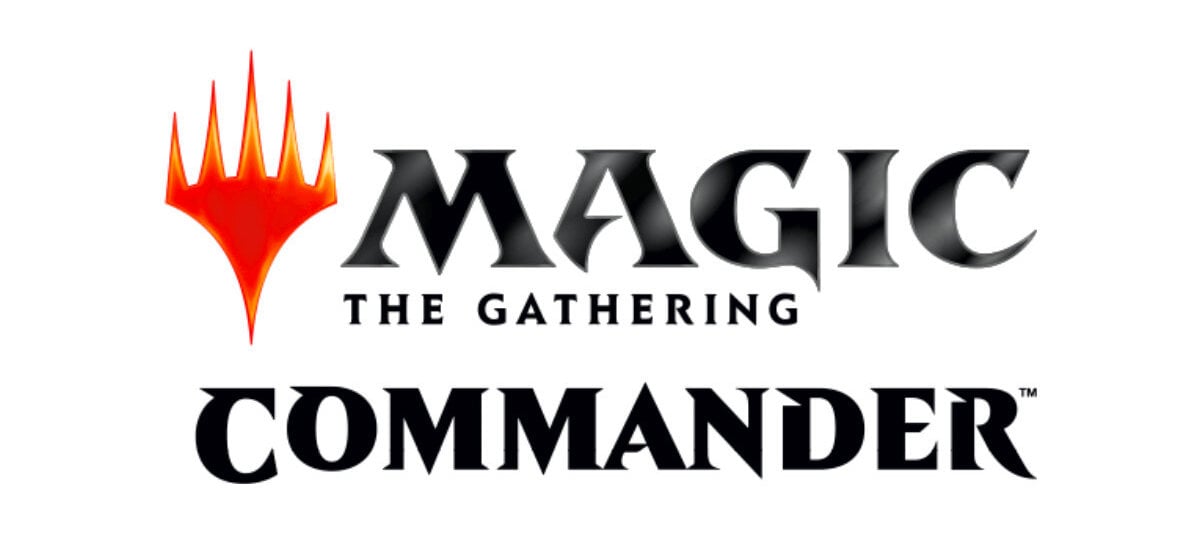
Final Thoughts
This may seem like a lot of information right up front, but it will all fall neatly into place after your first few games. I highly recommend playing Magic: The Gathering Arena, which is free to start and has a great tutorial for new players.

